|
Which technology is really the best? Does it meet all the criteria of the challenge? Second graders are closing out their geotechnical engineering unit, comparing the technologies they designed to prevent wind erosion. Way to go second grade! Second graders continue to improve their technologies to release water onto their farmland. They are recording the data from their experiments to show other groups how successful their design was in meeting the criteria of the challenge. Our highest number of squares to be reached on the farmland was 86 out of 90! The student pair to design the technology used a swinging mechanism to distribute the water a farther distance! How neat!
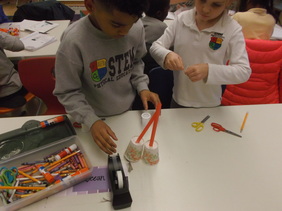 With their plans approved, second graders are testing their water-releasing technologies onto the dry-farmland. Using mathematics in their testing, students are determining the area of farmland that got water. How will they improve their designs to water MORE of the farmland and prevent the wind from eroding away the land? STAY TUNED! 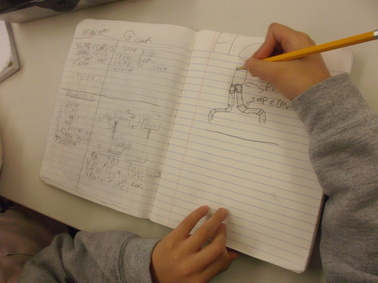 Second graders are beginning to design technologies that can fight wind erosion. Knowing that water can help prevent wind from blowing away precious soil from a farmer's land, they are using everyday materials to design a technology to disperse water over a farm. Cups, popsicle sticks, straws, spools and tape are their only options. They must carefully consider how they will get the entire farm wet. They'll be planning out their designs this week and starting to test their ideas next week! And of course there will be time to make improvements to their designs!
Models not only show us a representation, but they also EXPLAIN something. Second graders have been working on drawing and explaining models of how wind can affect soil. Models can include diagrams with labels, but must also contain evidence. Second graders revised their models after they did an experiment! Check out their awesome work!
Second graders have been studying about soil and landforms in science and engineering. This week, we'll be setting up and testing a model to see how wind affects land. We will be working on making a claim, drawing our observations, and refining our model to explain how wind can affect the land. Drawing models is an important part of an engineer's work. Eventually, students will be using their knowledge of how wind affects the land to do some problem solving related to geotechnical engineering!
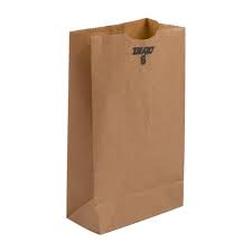 To start our time together, second graders are doing a quick review of engineering. We completed this sentence to read: Engineers solve problems. They design technology that meets peoples' needs or wants. Each group received a paper bag filled with a common technology like pencils, scissors, or envelopes. Remember that technology is anything that is used to solve a problem and it does NOT require electricity, a common misconception. Technology designed by engineers is literally everywhere and has made our lives much easier! |
Mrs. BrinzaWhy aren't buildings built so much closer to the Chicago River or to Lake Michigan? Hmm... Archives
January 2015
Categories |
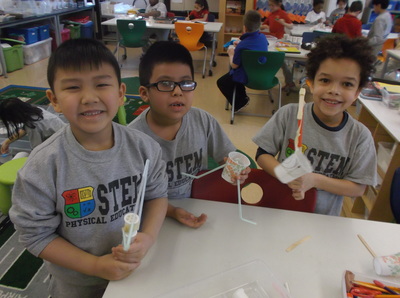
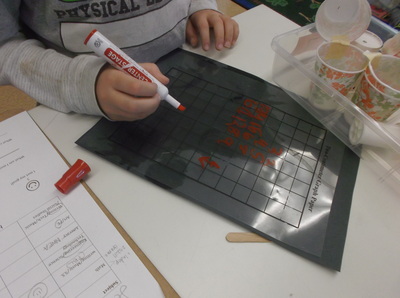
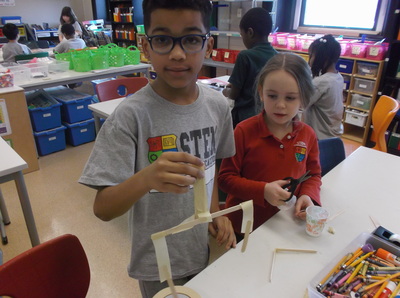
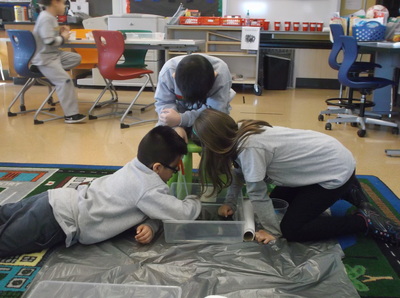
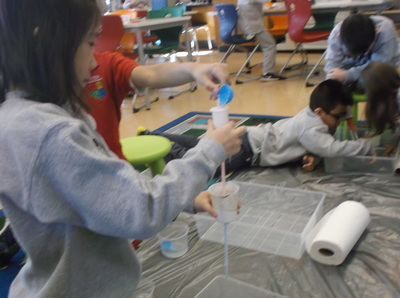
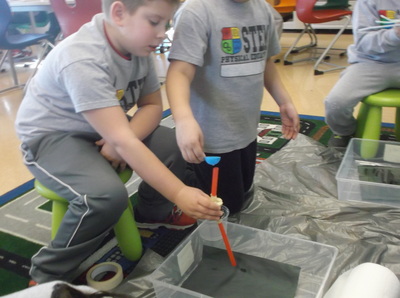
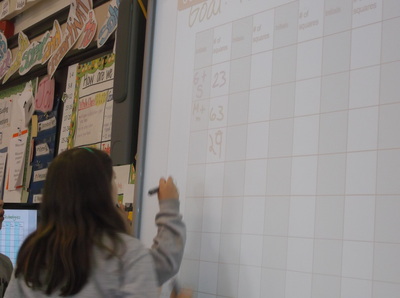
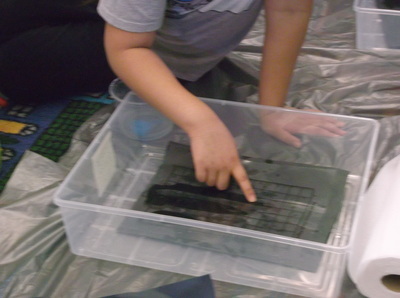
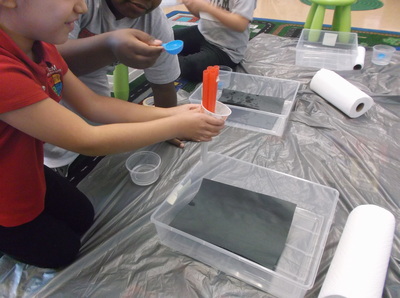
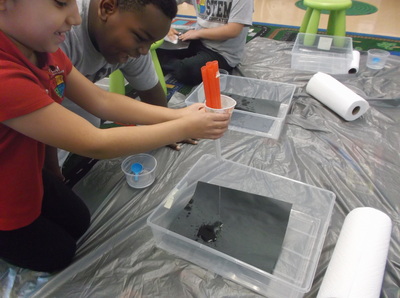
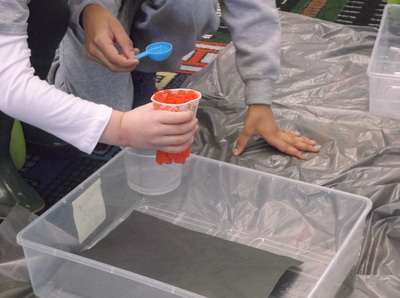
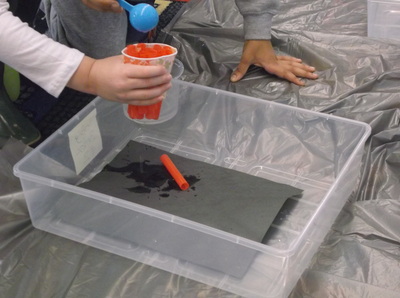
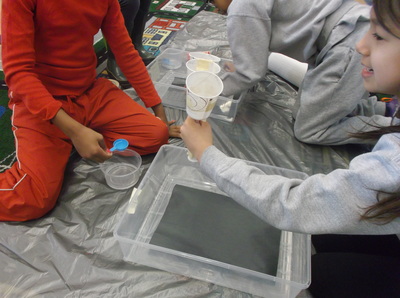
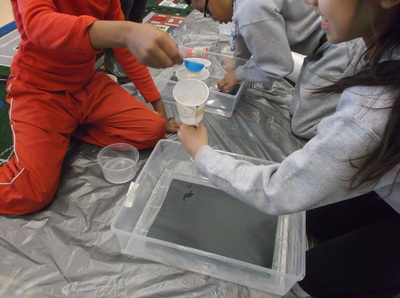
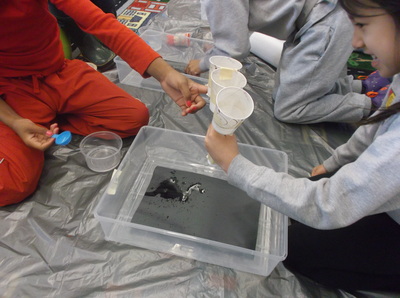
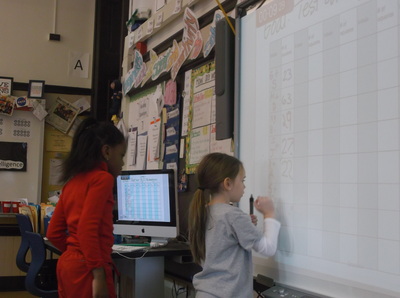
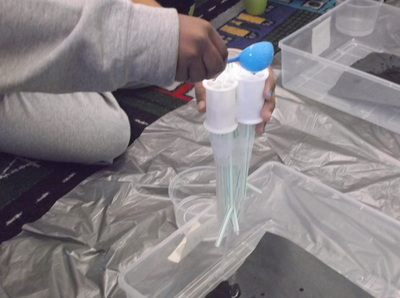
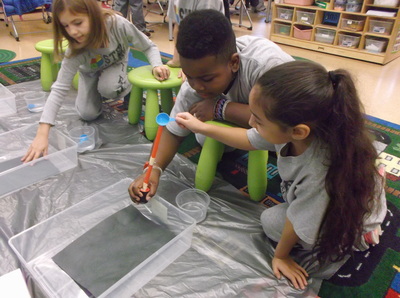
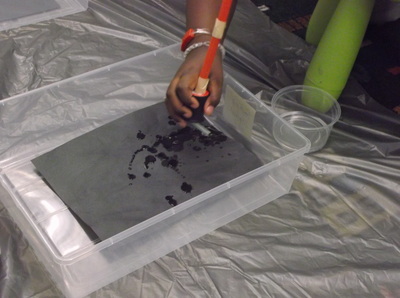
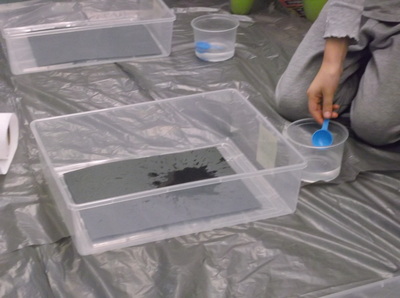
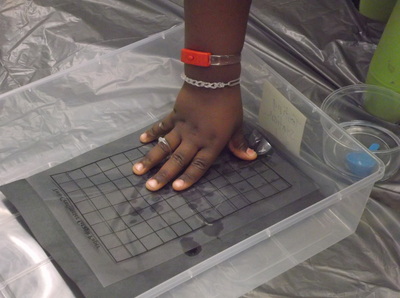
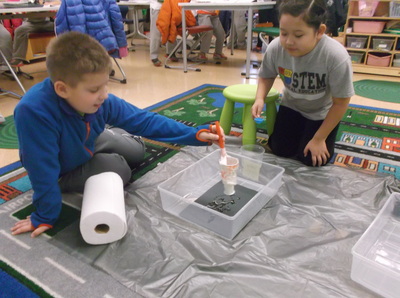
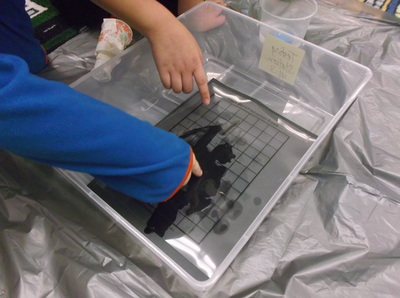
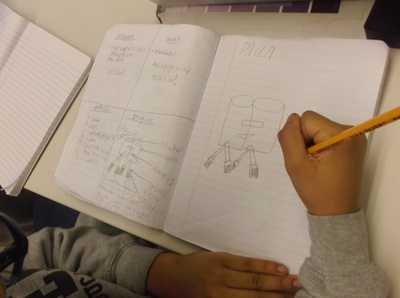
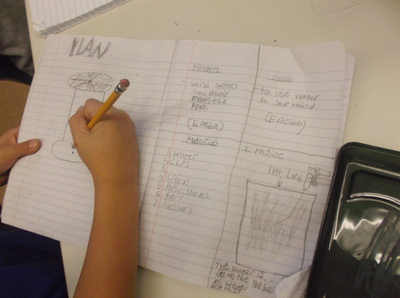
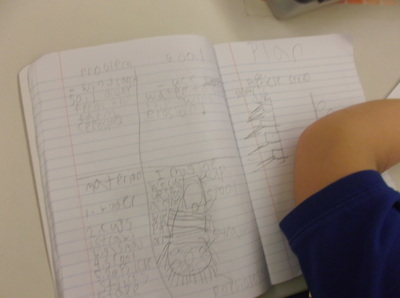
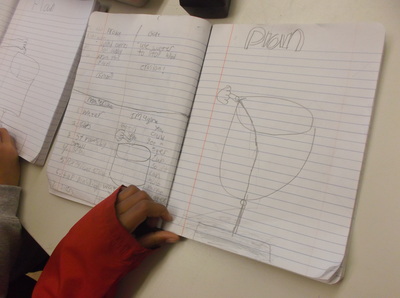
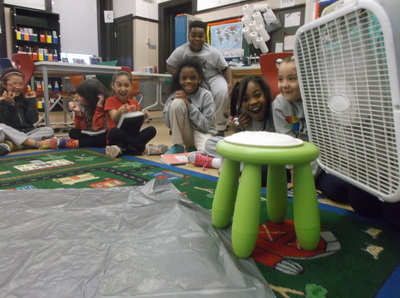
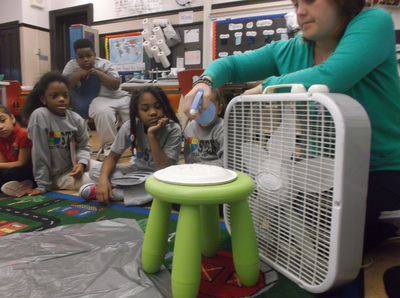
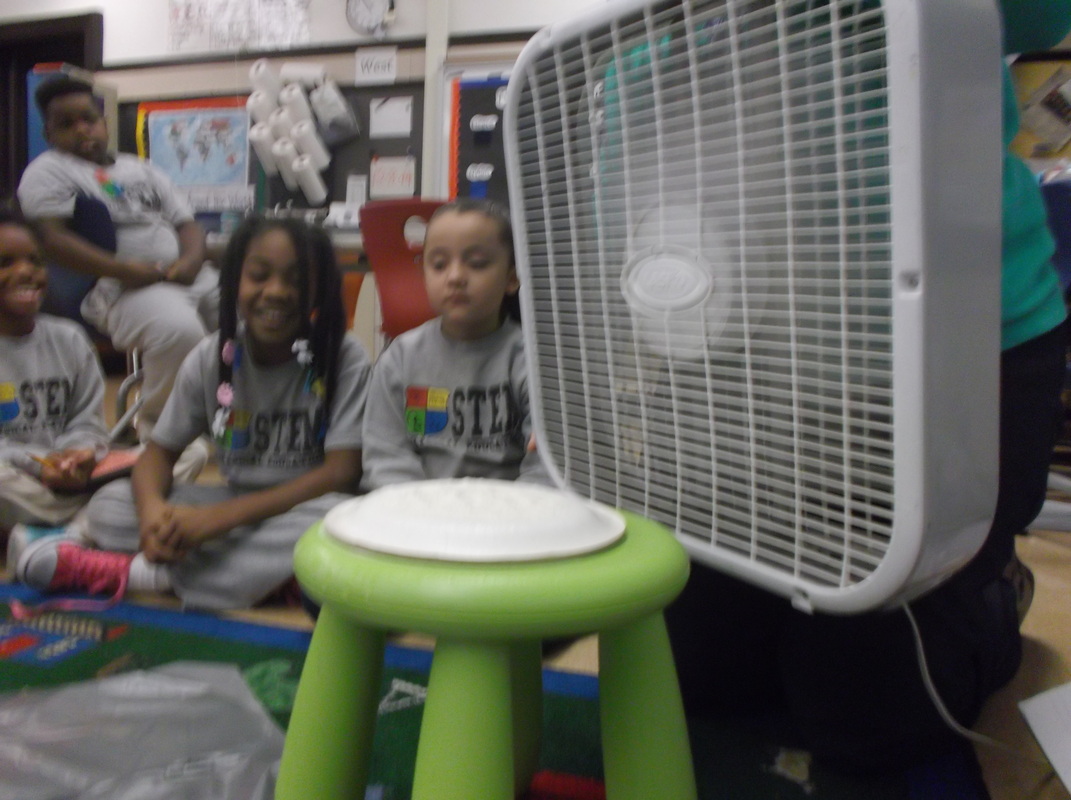
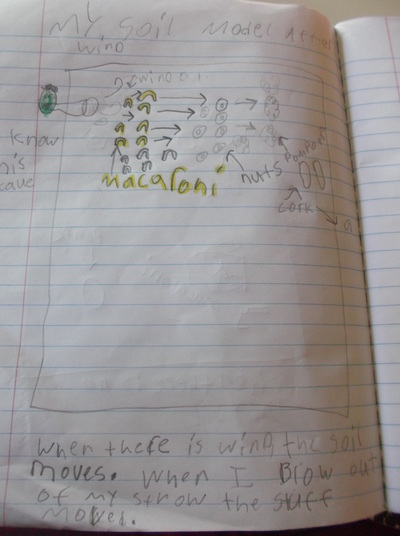
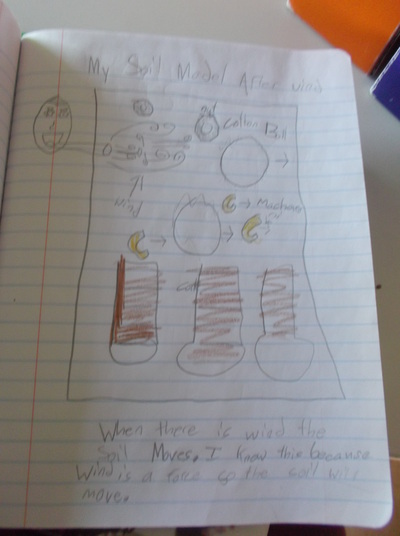
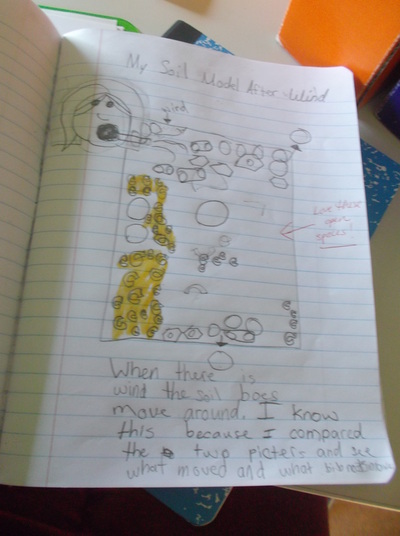
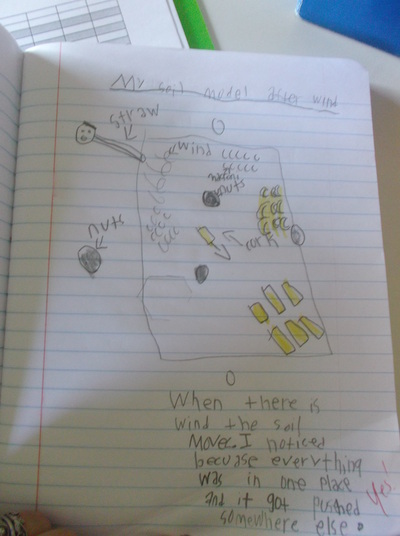
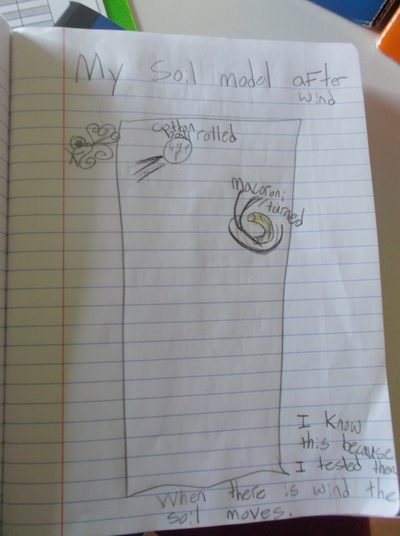
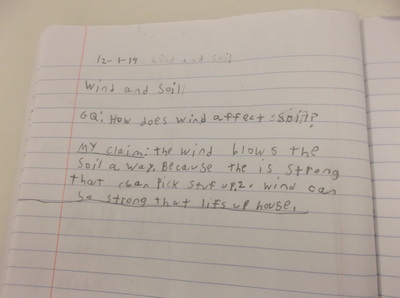
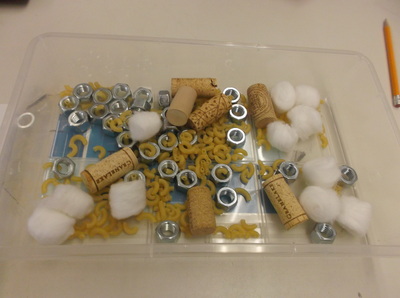
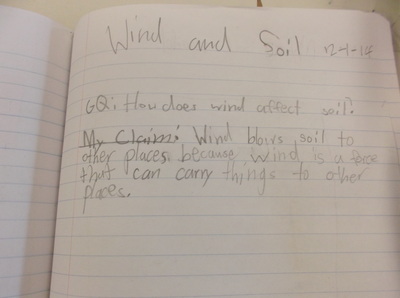
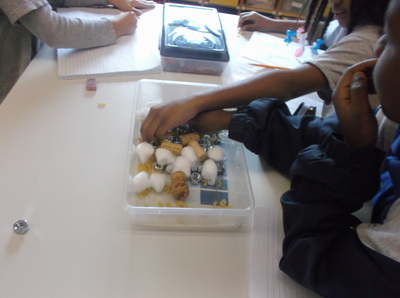
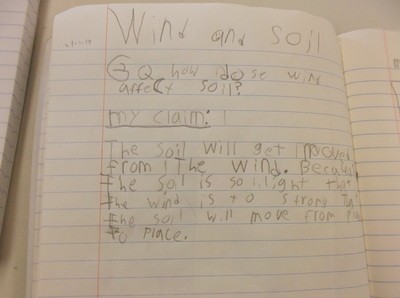
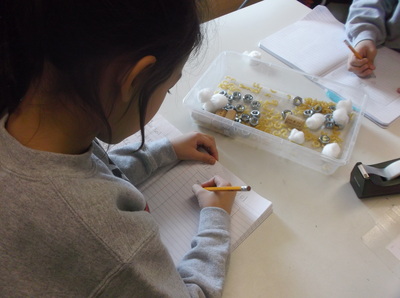
 RSS Feed
RSS Feed